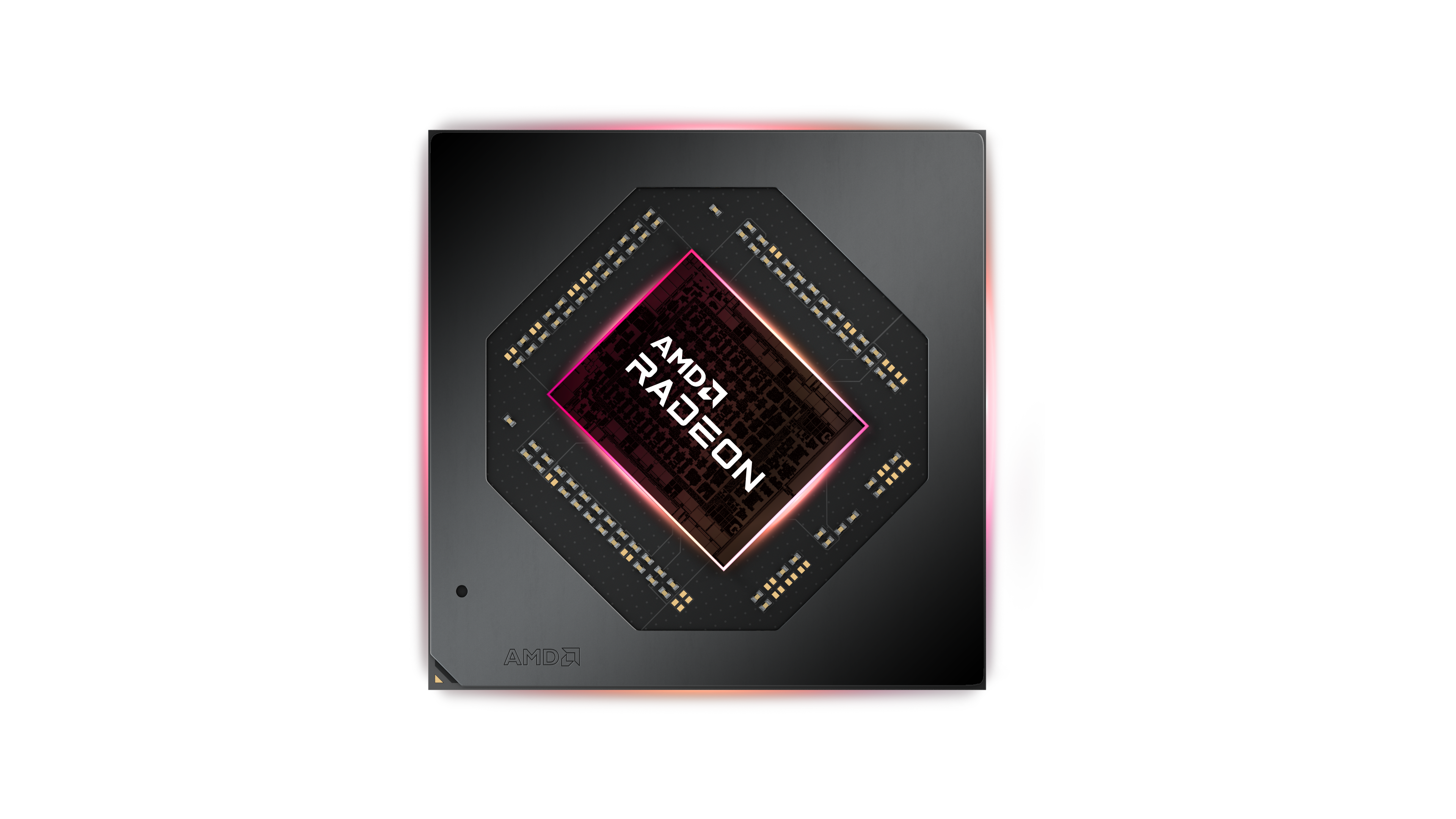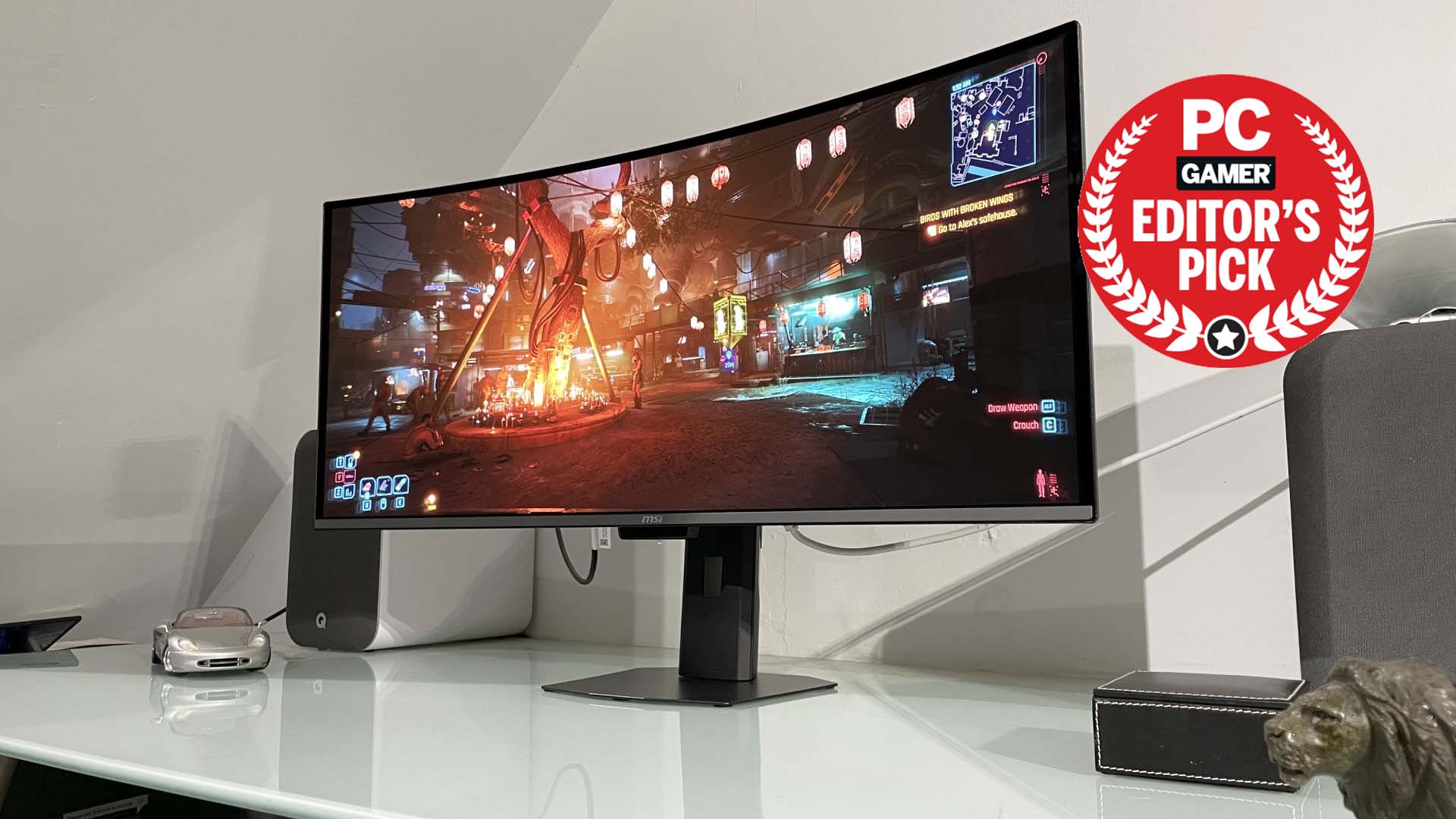AMD RDNA 3 heads to gaming laptops with cheaper GPUs first to arrive
AMD's Radeon RX 7600M XT brings RDNA 3 into gaming laptops. Here's what we know.
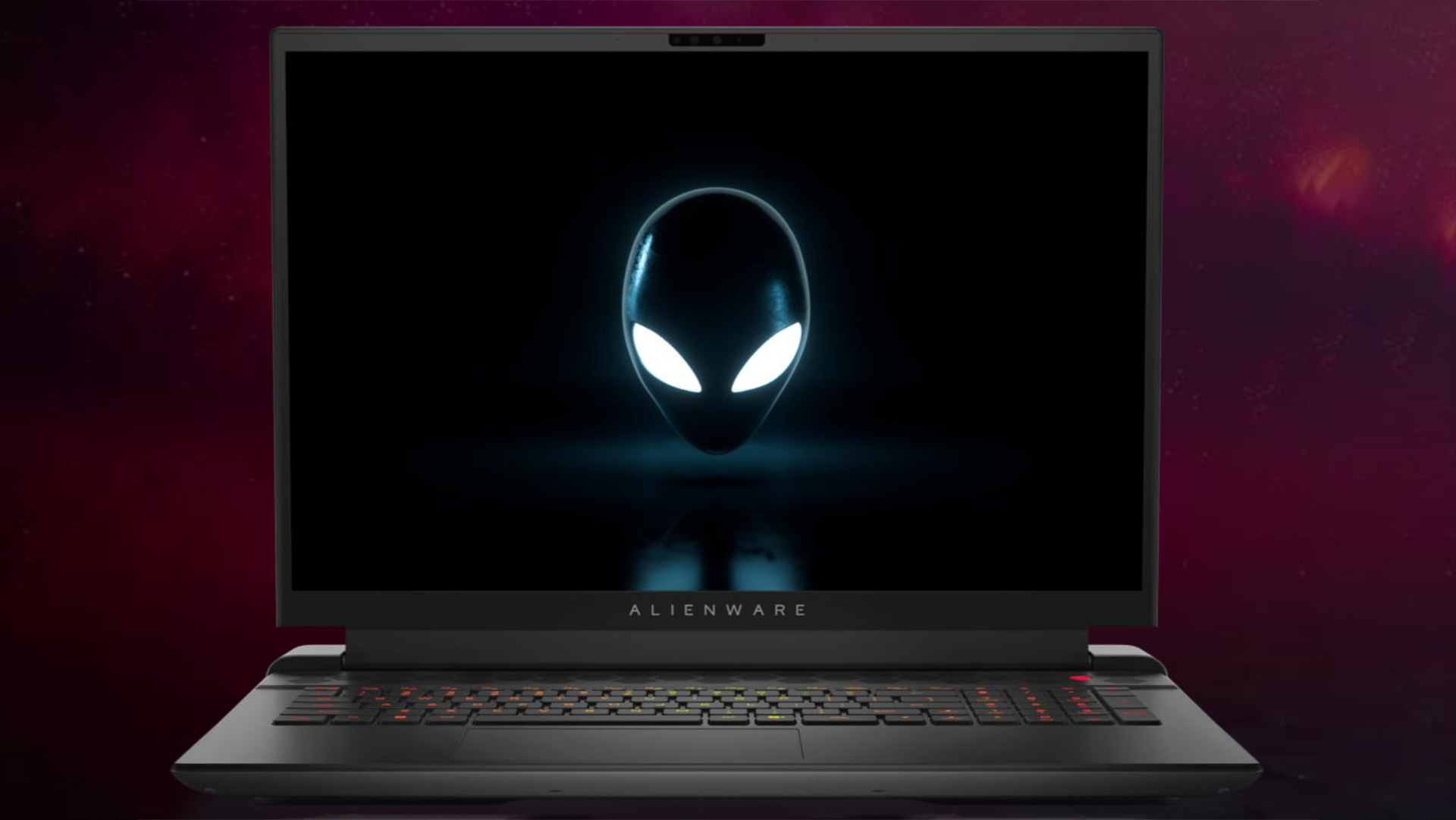
AMD has announced the first RDNA 3 GPUs for gaming laptops, and surprisingly it's the more entry-level GPUs of the generation that are out the gate first.
The Radeon RX 7600M XT is the top chip announced at CES 2023. This fairly mid-range offering is said to have what it takes to compete with, if not outperform, Nvidia's mobile RTX 3060 6GB (which has more cores than the desktop RTX 3060). In a graph shown on stage during CEO Dr. Lisa Su's keynote, which admittedly lacked any actual frame rate numbers, AMD bragged anything from 22%–31% gain over Nvidia's last-gen mobile GPU.
To achieve that sort of performance, the RX 7600M XT will come with 32 RDNA 3 Compute Units (CUs). That's 2,048 stream processors, and likely means we're looking at the Navi 33 GPU in full here. This GPU will run at a Game Clock of 2,300MHz, which is the same as the one reported with the desktop RX 7900 XTX, and it will consume around 120W of power. That's not too unusual for a laptop chip with it being the same power draw as the last-gen RX 6650M XT.
The RX 7600M XT will offer 42.8 TFLOPs of half precision compute performance, which is a pretty large step-up compared to the 19.94 TFLOPs available with the RX 6650M XT. That's the RDNA 3 architecture working its magic—AMD's latest desktop GPUs also offer a fairly significant compute performance increase.
Though there's more to game performance than just TFLOPs. Memory bandwidth helps a whole bunch, and the RX 7600M XT will be paired with 8GB of GDDR6 memory across a 128-bit bus. Running at 18Gbps, that makes for bandwidth of up to 288GB/s—just a little more than the RX 6650M XT's 256GB/s thanks to its faster memory clock.
| Header Cell - Column 0 | Compute Units | Stream processors | Game Frequency | Infinity Cache | Memory | GPU power |
|---|---|---|---|---|---|---|
| AMD Radeon RX 7600M XT | 32 | 2,048 | 2,300MHz | 32MB | 8GB GDDR6 | 120W |
| AMD Radeon RX 7600M | 28 | 1,792 | 2,070MHz | 32MB | 8GB GDDR6 | 90W |
| AMD Radeon RX 7700S | 32 | 2,048 | 2,200MHz | 32MB | 8GB GDDR6 | 100W |
| AMD Radeon RX 7600S | 28 | 1,792 | 1,865MHz | 32MB | 8GB GDDR6 | 75W |
AMD's large on-board cache, known as Infinity Cache, helps out with the bandwidth demands of modern gaming, and you'll find 32MB of the stuff on the RX 7600M XT. That seems like a reasonable amount for what's likely to be a GPU paired with high-refresh 1080p and 1440p panels.
The AMD Radeon RX 7600M has also been announced today, which is a touch slower than the XT and comes with four fewer CUs (compute units).
Keep up to date with the most important stories and the best deals, as picked by the PC Gamer team.
Then there's the RX 7000S Series GPUs, including the RX 7700S and RX 7600S. Despite the slight name change, these match pretty closely to the RX 7600M XT and RX 7600M in specifications, but they're more power-savvy designs and thus run a little slower for it.
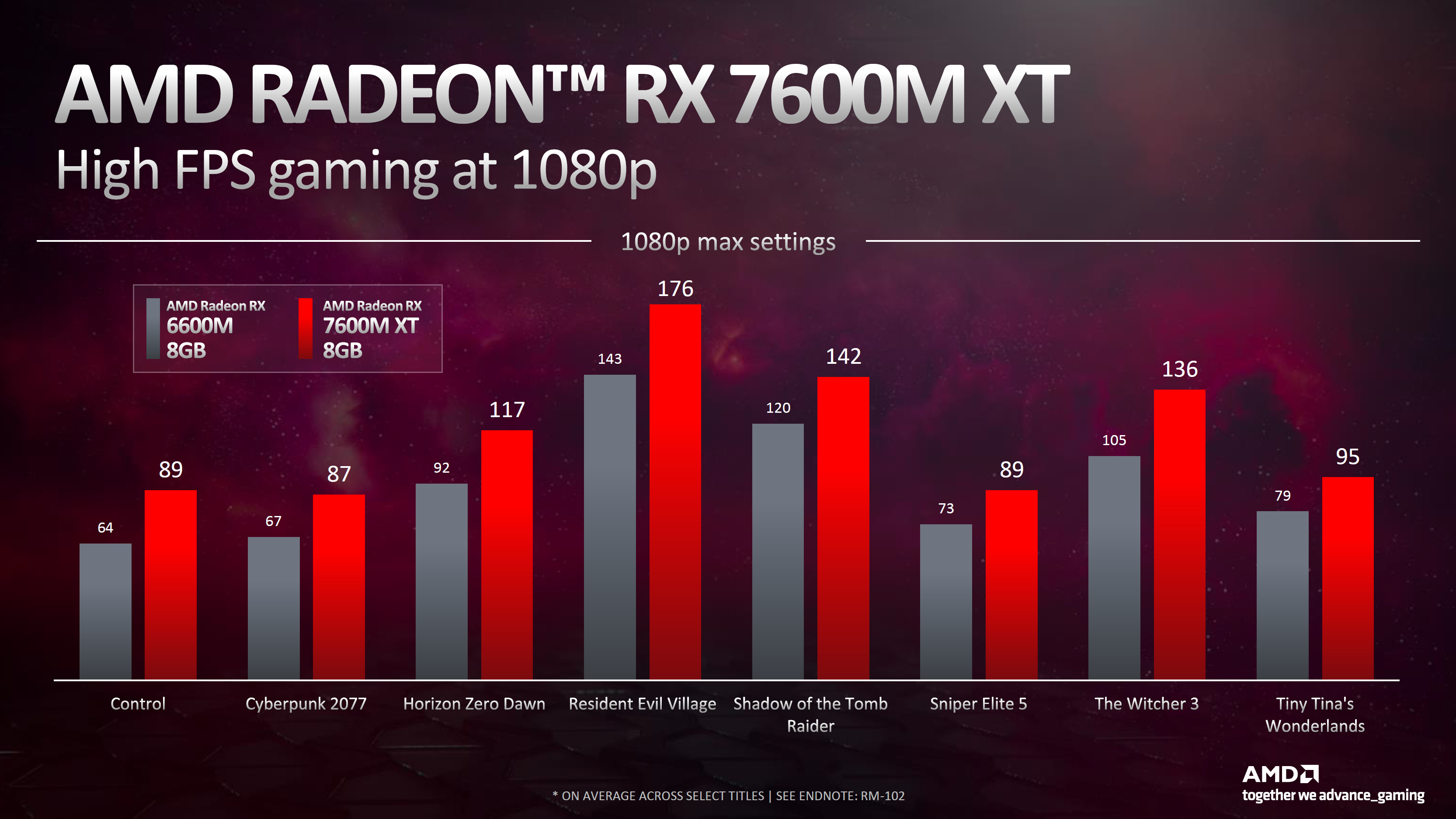
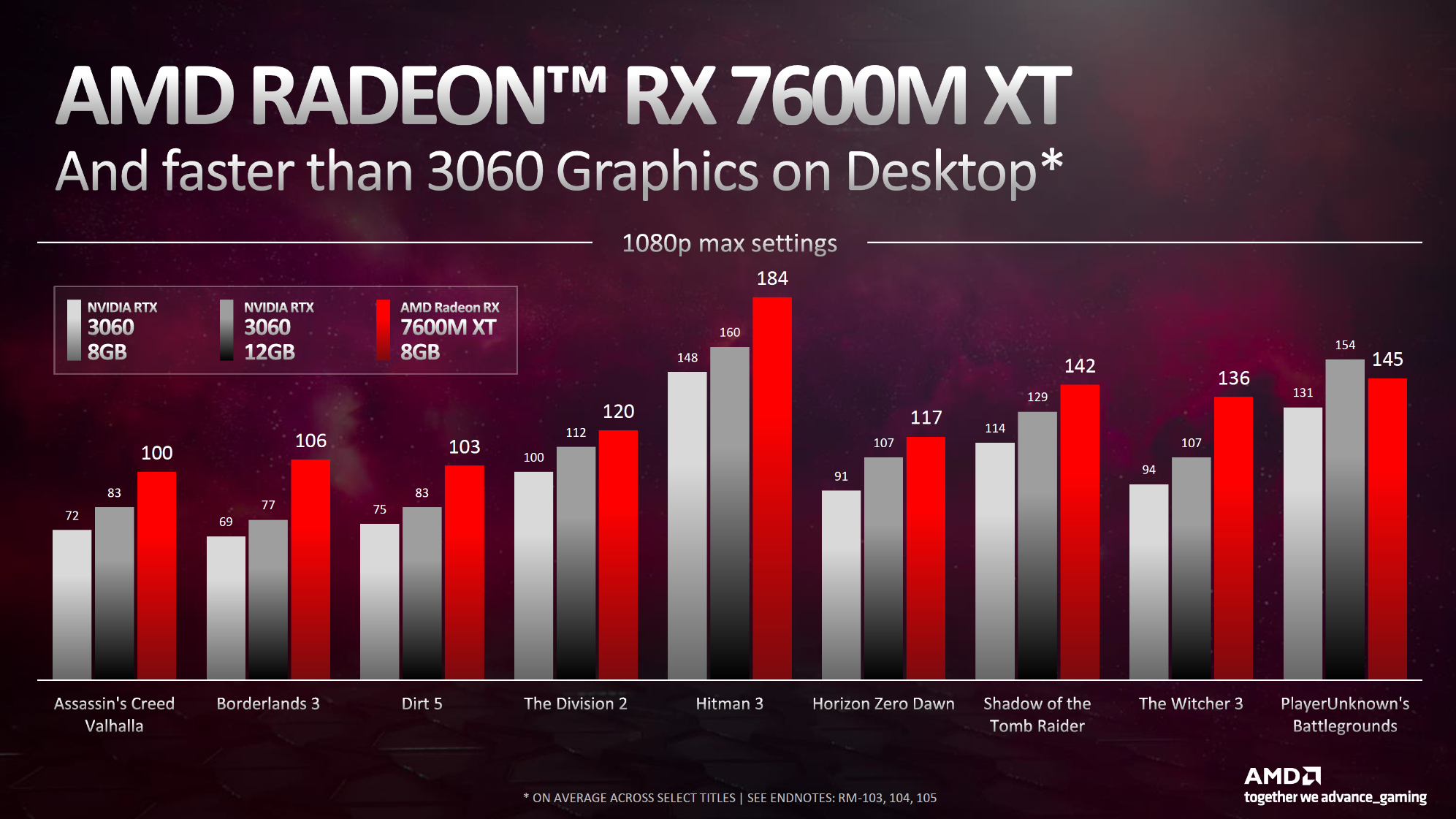
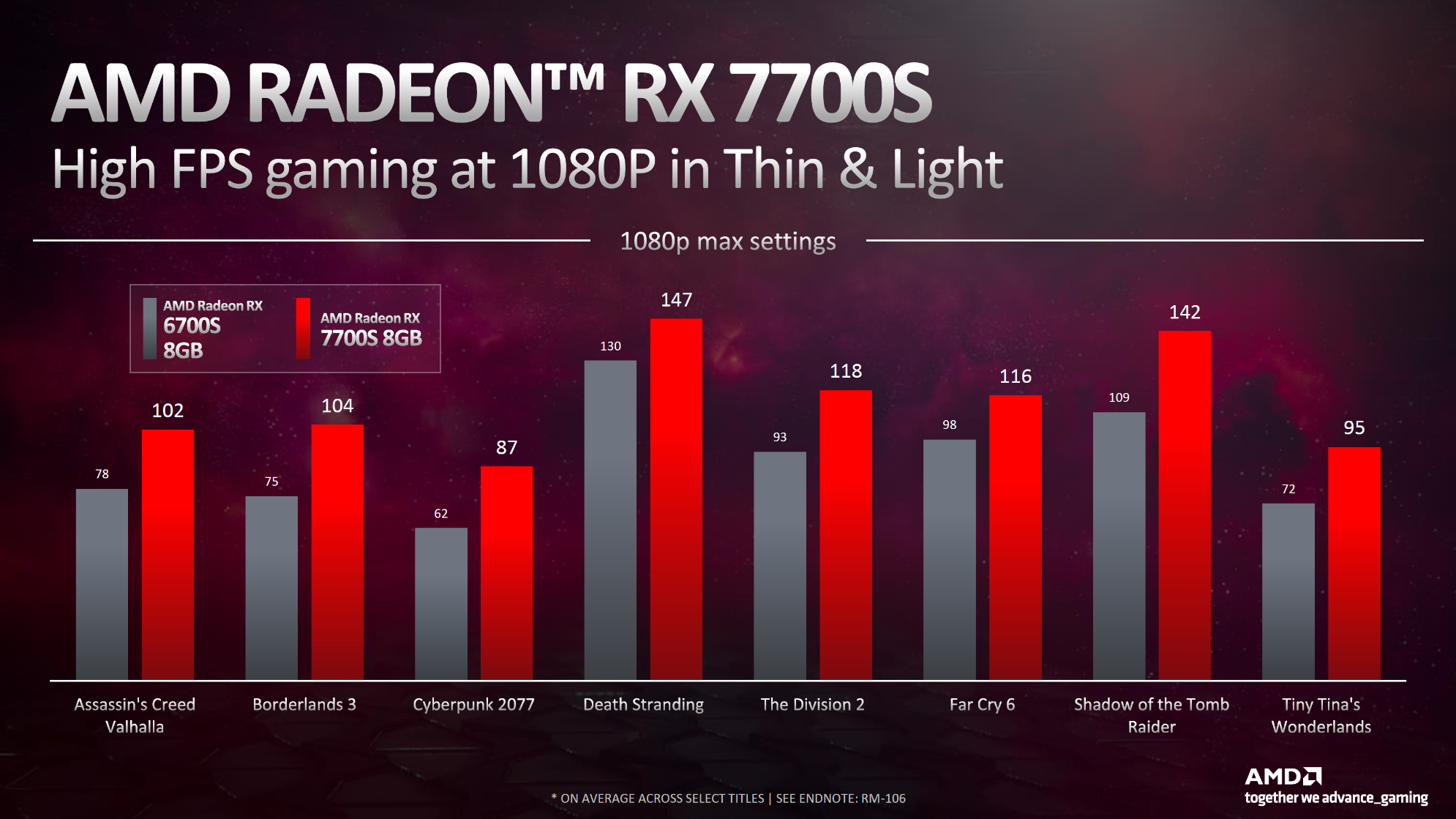
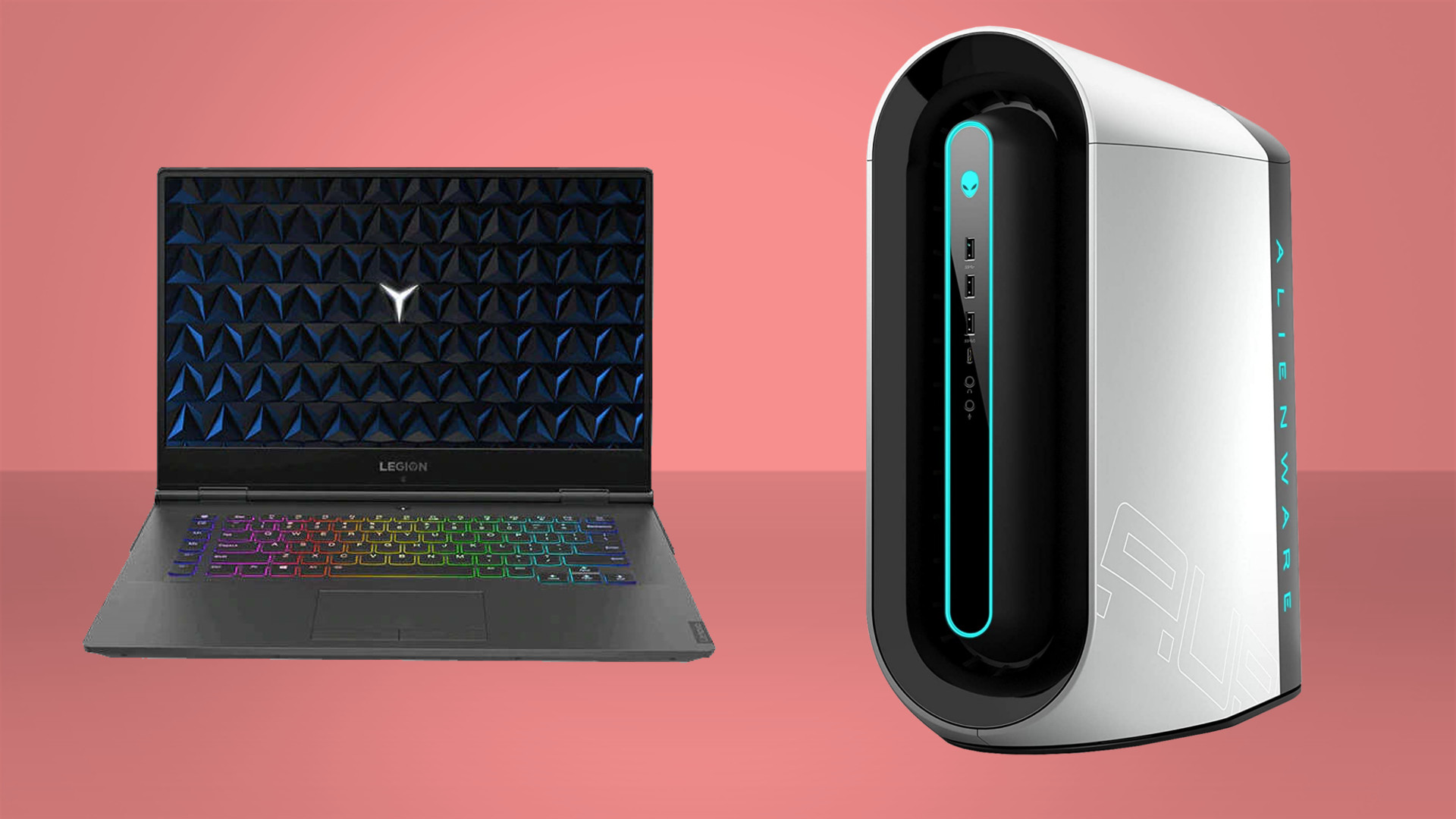
Best gaming PC: The top pre-built machines from the pros
Best gaming laptop: Perfect notebooks for mobile gaming
All of the above GPUs are built using the RDNA 3 architecture and as such have access to the benefits it includes, such as the Radiance Display Engine, AI and ray tracing capabilities, and AV1 encoding support.
Several OEMs are working on AMD Advantage Edition laptops incorporating AMD's new 7000-series GPUs in the first half of the 2023, so keep an eye out for those. That includes Alienware's M18 and M16 laptops, Asus's TUG Gaming A16, Emdoor's APX970 and AG958P, and IP3's ARN37A.
Though it's worth mentioning that Nvidia also announced that its RTX 40-series is headed to gaming laptops at CES 2023. A full stack of Ada Lovelace-powered graphics cards are coming, right the way through from the RTX 4050 to the RTX 4090. The high-end chips will be available starting February 8, while the mid-range and entry-level GPUs will arrive later on February 22.

Jacob earned his first byline writing for his own tech blog, before graduating into breaking things professionally at PCGamesN. Now he's managing editor of the hardware team at PC Gamer, and you'll usually find him testing the latest components or building a gaming PC.
